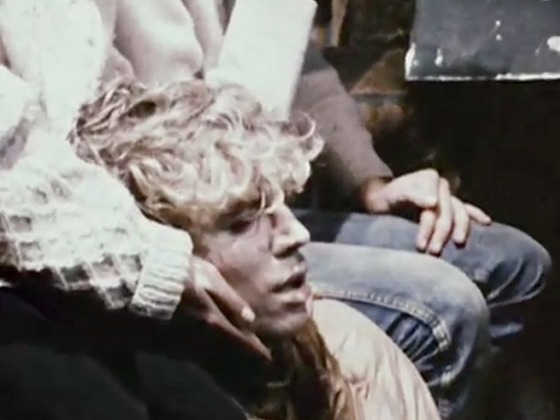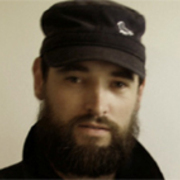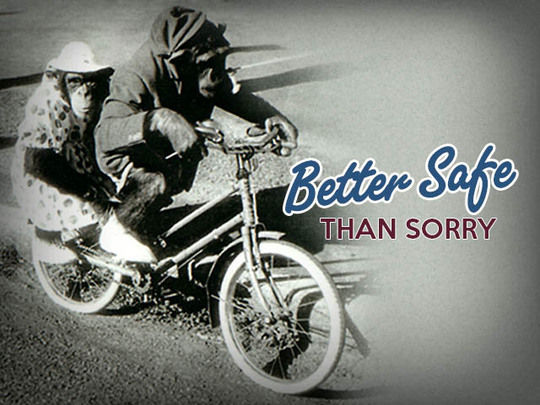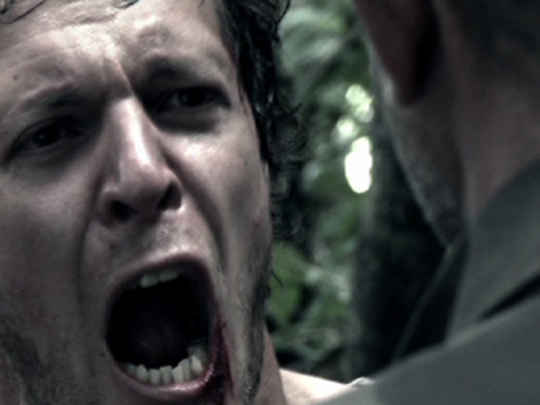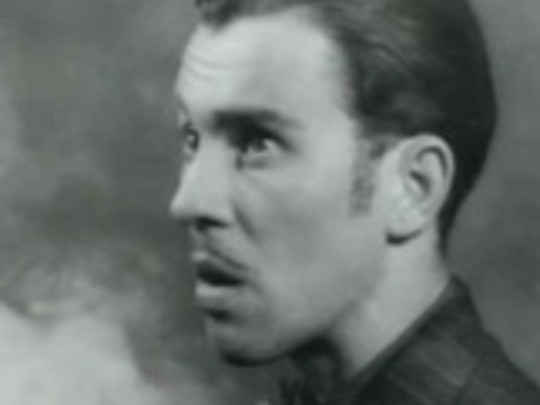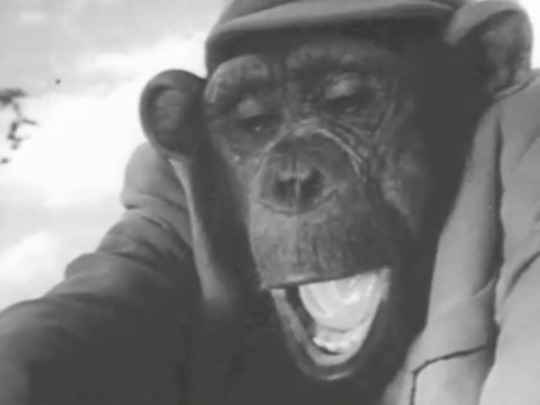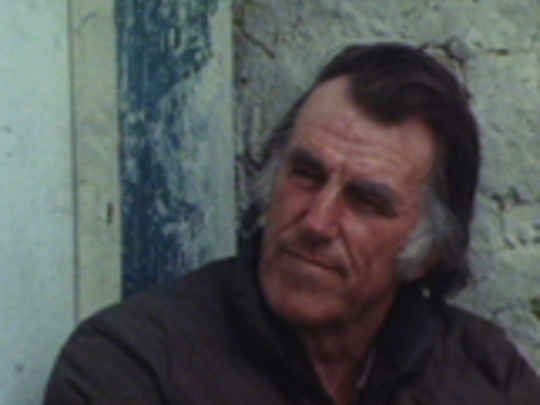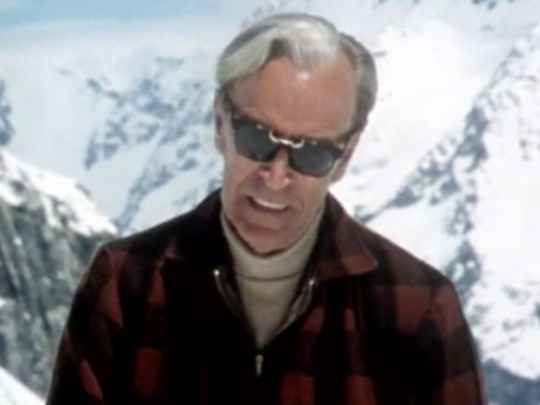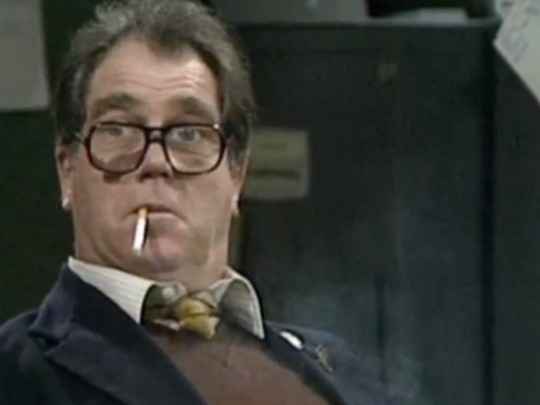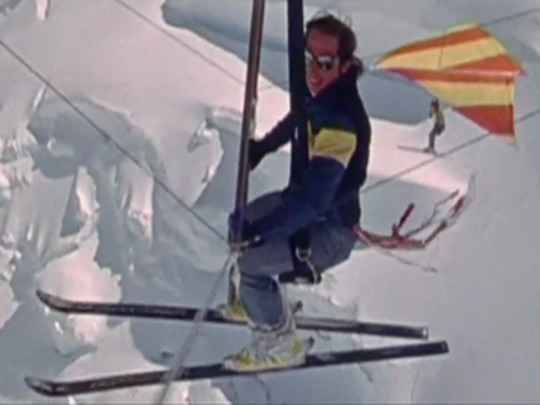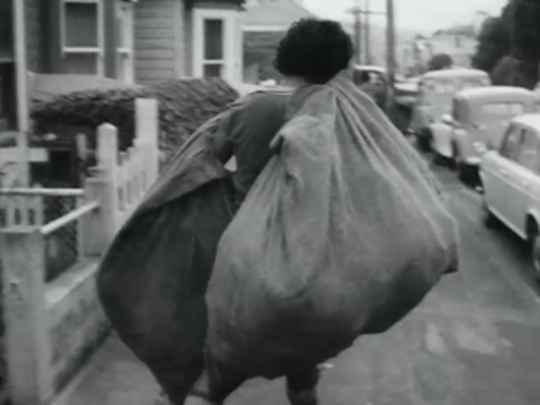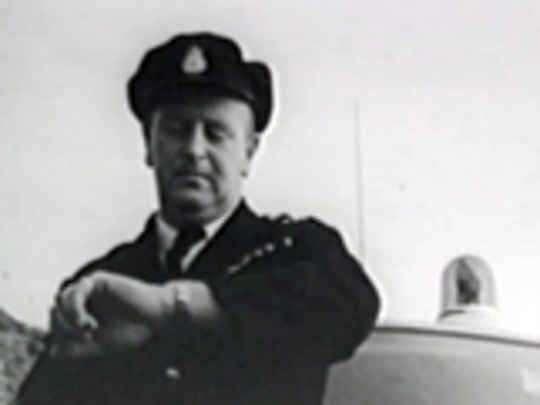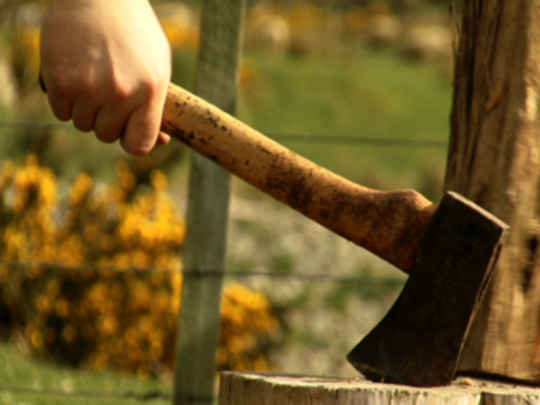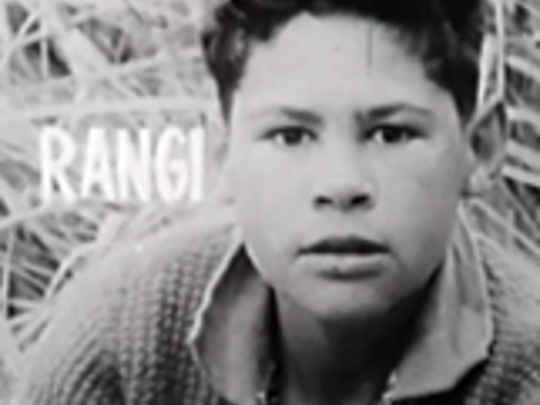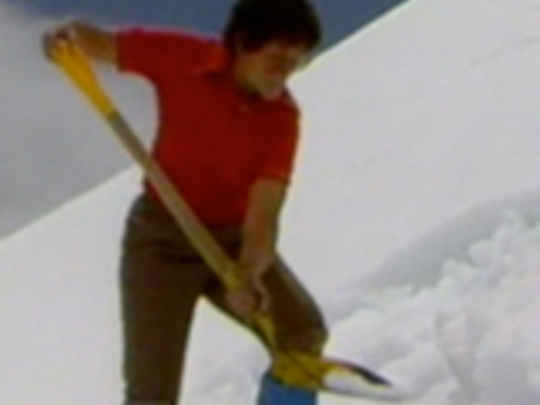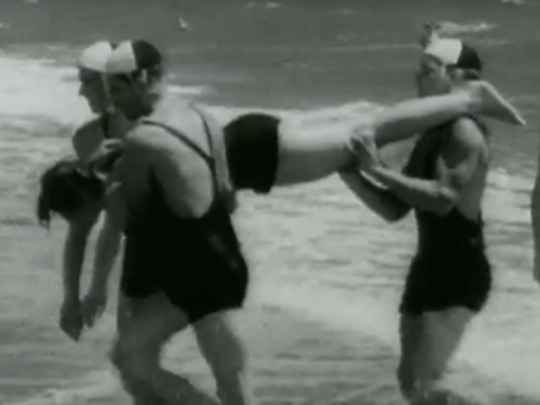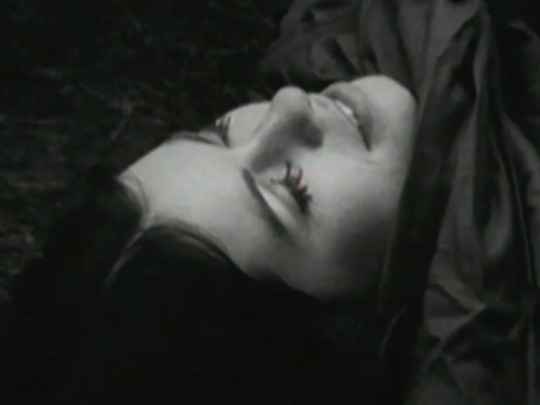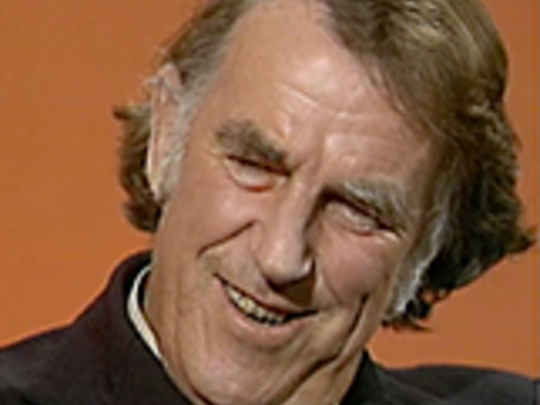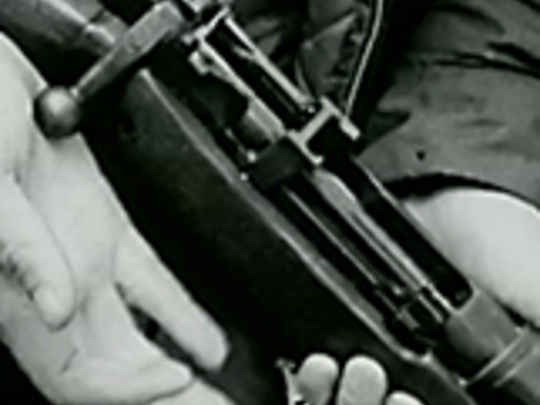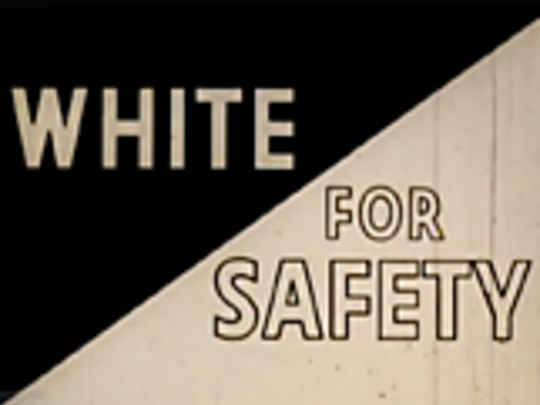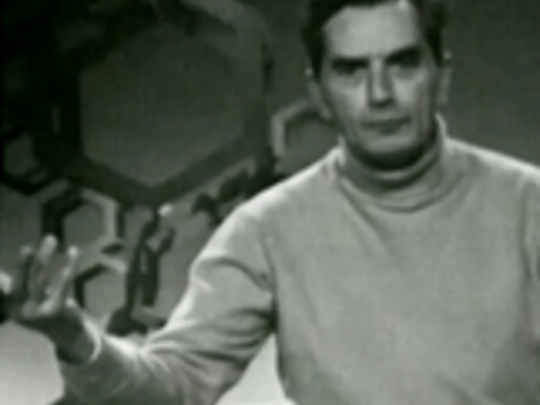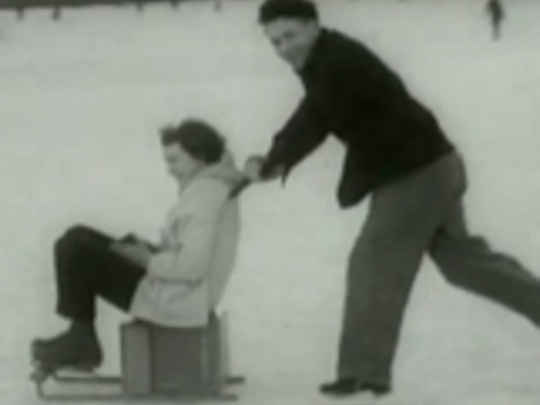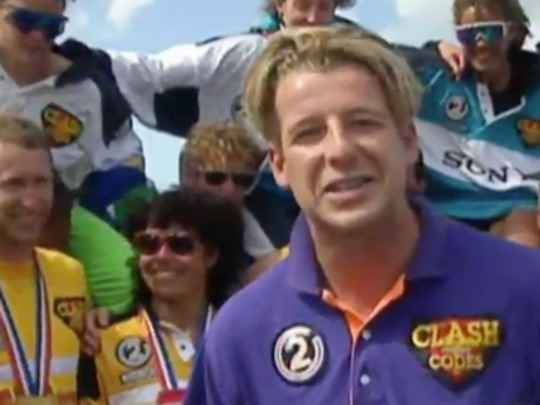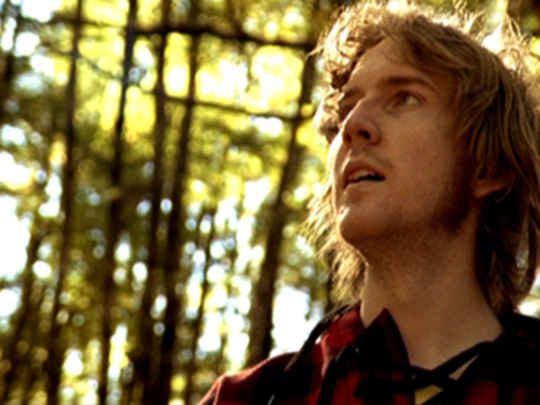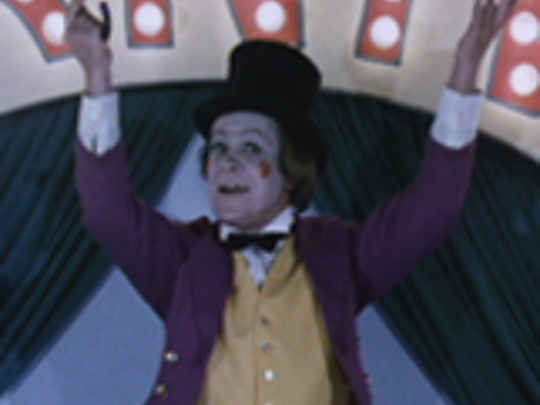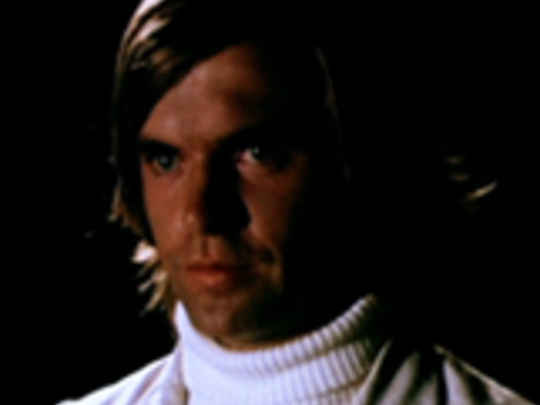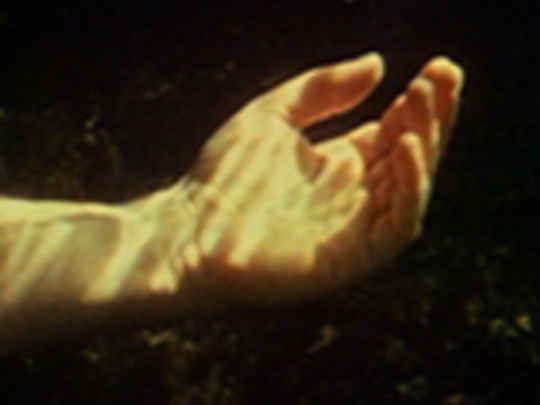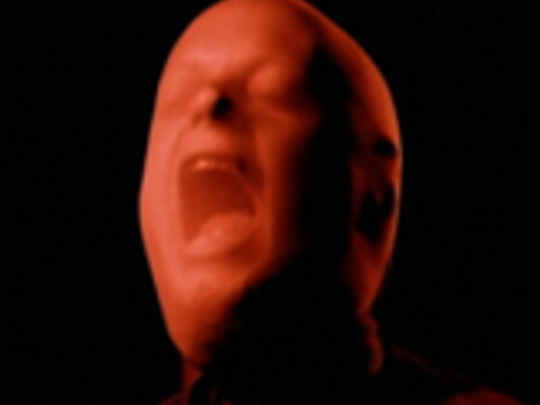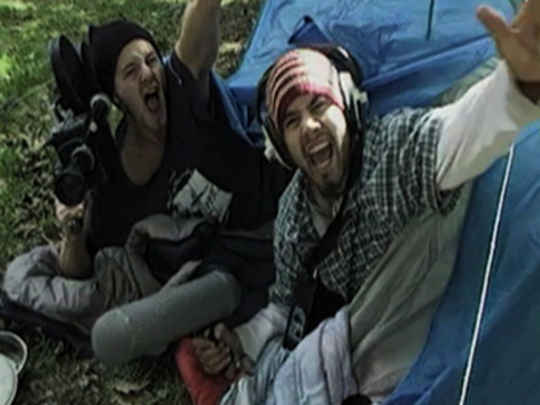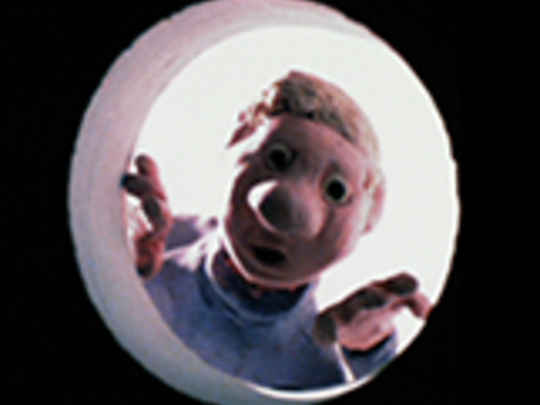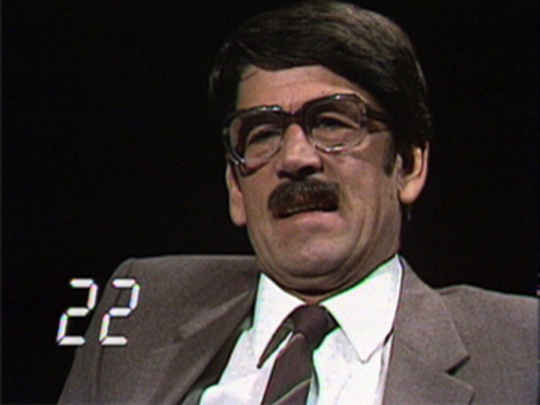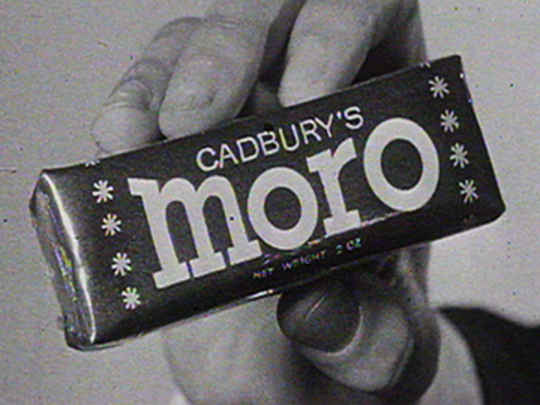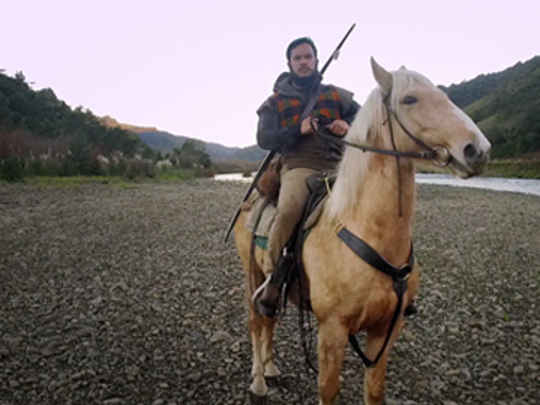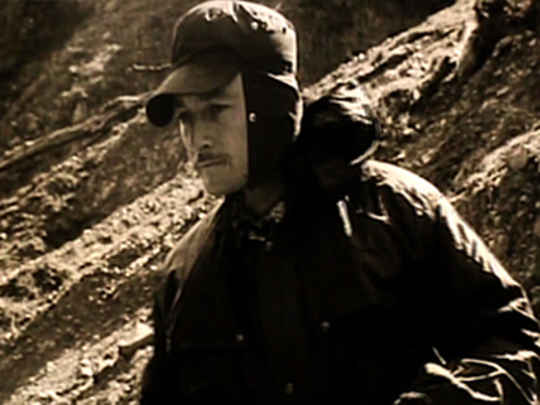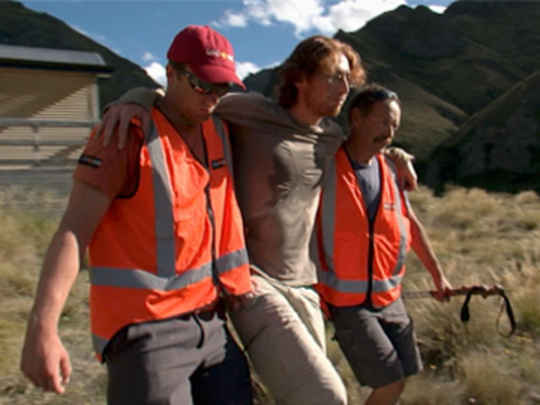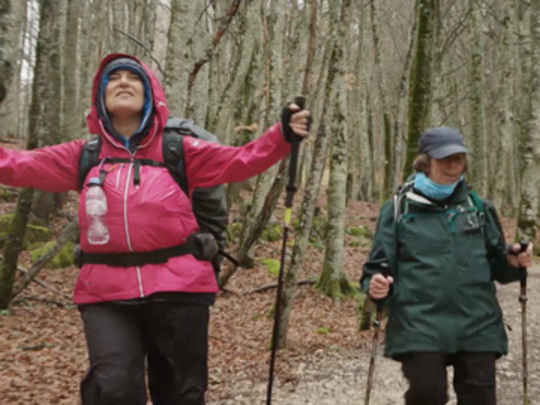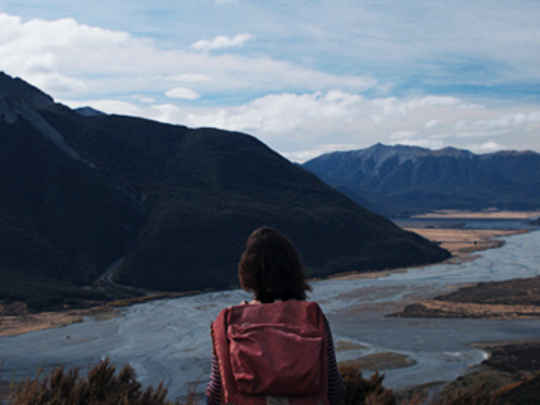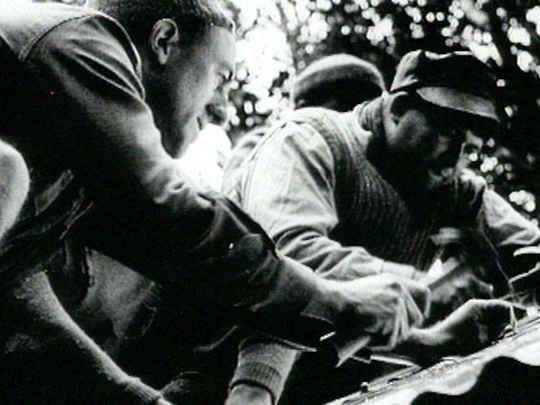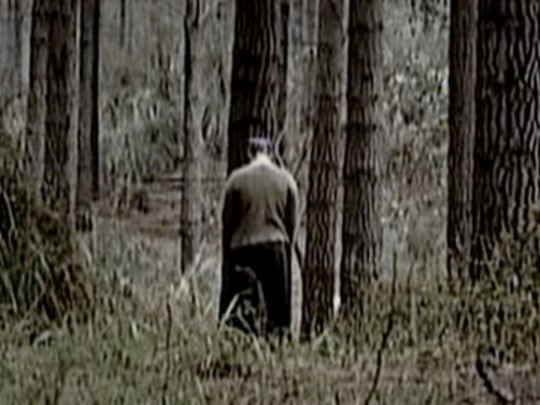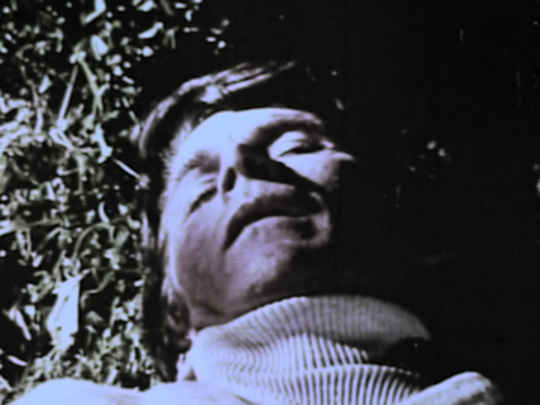Such a Stupid Way to Die
Short Film (Full Length) – 1971
A perspective
Watching Such a Stupid Way to Die awakened my memories of an 80s pre-school camp instructional video session. Knowing winks and nudges were exchanged in the darkened classroom when the hapless Thomas, suffering from hypothermia, is given a swig of brandy to revive him. When the coroner points out in the court inquest after the tramp that "the brandy that he was given at this point would have pepped him up for a little bit, but actually it would have worsened his condition," giggles could barely be contained.
The film imparts salient bush safety lessons: be prepared, wear adequate clothing, observe the weather, eat breakfast ... don't use brandy for hydration. As the opening narration intones: "the New Zealand alpine bush is extraordinary, beautiful ... but every year some die here." Which, as newspaper headlines regularly attest, is as true today as it was in 1971.
But because the overriding tone is portentous and educational, much of the film proved unintentional comic bait to knowing young minds (when it screened in front of my class at least), as we waited for disaster to strike the ill-fated trampers.
Partly the titters were the result of the instructional tone — witness a white-coated Ray Henwood using a pointer and chalk to illustrate the symptoms of hypothermia — and partly it's due to a shooting style that apes genre conventions of a horror film. The narration begins: "because these five people are almost entirely ignorant of the dangers inherent in the mountains, Thomas Coogan will tomorrow night ... be dead!" A seedling is trampled ominously underfoot; a camera is positioned high in the trees as if the trampers are being watched ...
Viewed nearly 40 years later it is noticably 'of its time': one of the women characters (who the feminist revolution has clearly bypassed) is described as coming on the trip, "because Thomas said she should." Though it should be noted all the women survive — perhaps because none of them were chugging away on ciggies before a strenuous day's tramping, unlike the blokes.
But there is some evocative imagery, editing and sound design, and the film's disparate mix of styles should be placed in context. In 1971, in the absence of film schools or an established industry, the National Film Unit was a de facto training ground for many aspiring filmmakers. While many of the NFU films were made under the guise of promotional or in this case, educational, purpose, the makers often used them as an excuse to try things out, and learn about filmmaking.
Sam Neill, Paul Maunder, Greg Stitt, Annie Collins and many others directed or worked on films at the Unit around this time. Paul Maunder's social-change effecting TV drama Gone Up North For a While, the first of three NFU feature length TV dramas, would screen a year later, in 1972.
Stupid Way to Die director, writer and editor Philip McDonald had directed editions of Pictorial Parade for the NFU (the Pictorial Parades were effectively tourism promos shot to a standard format). Here he exploits the chance to experiment with an array of filmic devices: atmospheric high angle shots, zoom focus pulling (the slow zoom to close up of a dying Thomas in the laps of his companions has surprising pathos), and there's an effective action sequence as an exhausted Tom tumbles down a steep slope. A court inquest is reconstructed with restraint.
The soundtrack mixes orchestral flourishes with contemporary sequences that echo The Beatles' 'A Day in the Life' and at times sounds like Pink Floyd [apparently the score was taken from a music library disk].
Indeed, considering it was made in 1971, and that it is an educational film, some of the stylistic attempts in the film are bold and ahead of their time.
The trampers' dialogue is often overdubbed and there some classic moments of laconic "she'll be right" Kiwi understatement from the non-professional actors, performances which contrast somewhat with the energy of McDonald's direction.
"Hell that cloud seems to be moving in pretty fast"
"Oh no, it's the wrong bloody way"
"What's the matter Tom, are you OK?"
"Is he hurt?"
There are several stunning shots of the Nelson Lakes' bush and mountain scapes, and the threat of the environment is perhaps too successfully evoked: it becomes something not to be enjoyed and respected, but to be feared. The message that the bush shouldn't be taken lightly is driven home by Ray Henwood's immortal closing invocation: "All you have to do is be prepared and use your common sense ... after all, it's such a stupid way to die."
An interesting piece of trivia is that Henwood, a fixture of New Zealand stage and screen (who has played scientists Ernst Rutherford and Albert Einstein on stage) was a science teacher in real life and has a honours degree in chemistry and biochemistry. The Welsh immigrant (and future dad of comedian Dai Henwood) also brought the first breathaliser to New Zealand and stayed on to train law enforement officers in its application.
McDonald would go on to edit the atmospheric John Laing-directed feature film The Lost Tribe (1983). He later moved to London where he has had a career editing and directing music videos and documentaries; subjects range from Elvis Presley to Moby, Pet Shop Boys, Roxy Music, Barry White and Beethoven.
